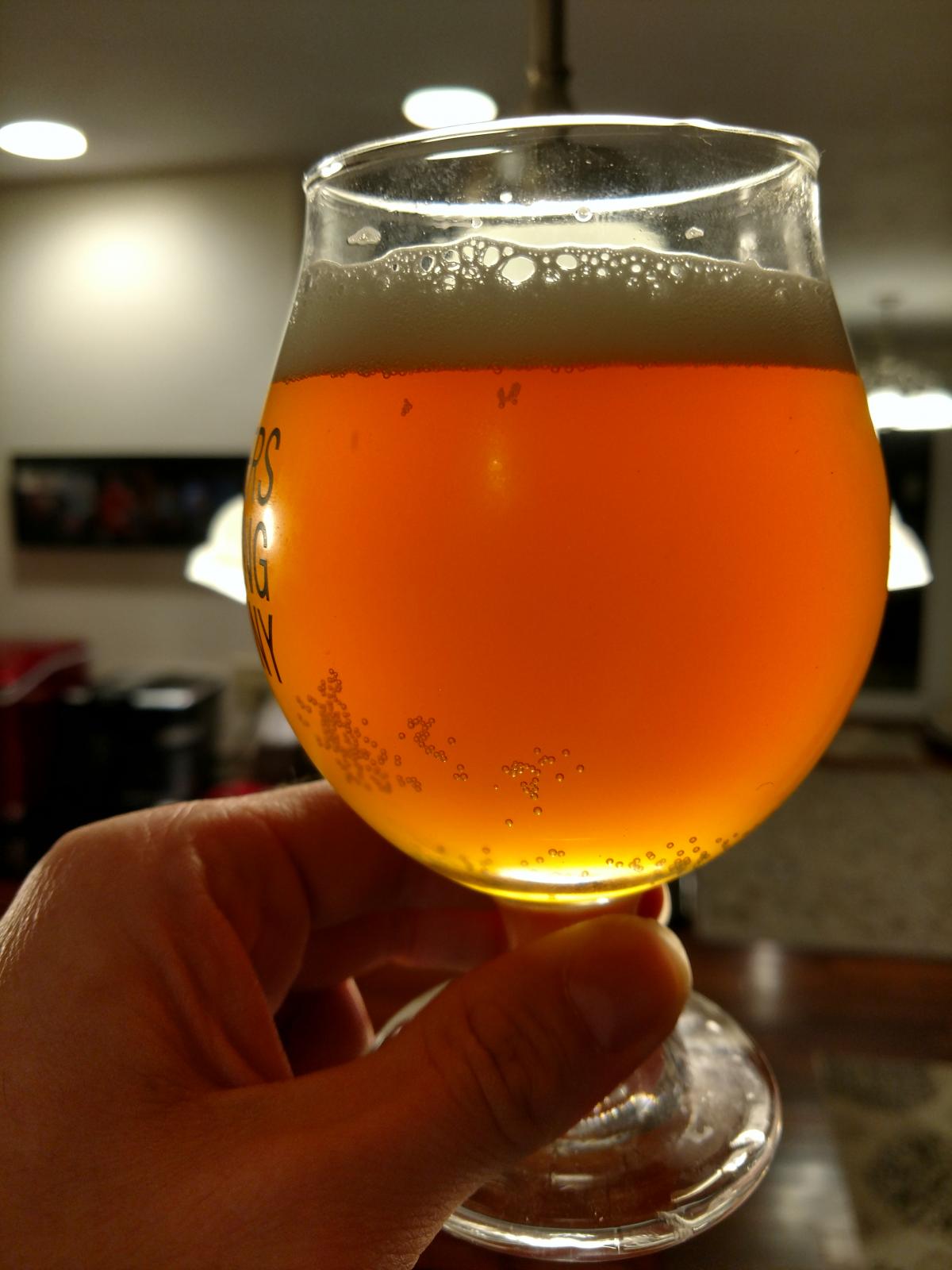So as I work on my second Grainfather brew, I believe this needs a sightglass - has anyone worked this project (besides the one seen in a video)? Interested in sourcing parts and putting it together. It would really be helpful during sparging
Ed has perfectly replied here below to your question. Don't mess with it, sight glass could easily be broken off and the simplicity and duplicity of the GF just doesn't require one.
Hi. May I ask why it would be helpful during sparging? If you measure out all your mash & sparge water ahead of time, why worry about it? I will concede that knowing you've hit your final volume at the end of boil might be helpful, but if you know your boil off rate, that shouldn't be a problem either. I've found the formulas are pretty close to being spot on, and I've tweaked my formulas slightly to dial in my system with a Graincoat. Just asking so you don't drill a hole in your Grainfather for something you might not need. Ed




















































![Craft A Brew - Safale BE-256 Yeast - Fermentis - Belgian Ale Dry Yeast - For Belgian & Strong Ales - Ingredients for Home Brewing - Beer Making Supplies - [3 Pack]](https://m.media-amazon.com/images/I/51bcKEwQmWL._SL500_.jpg)







